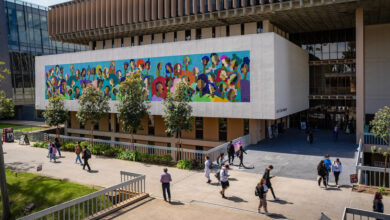Students
-
Archive
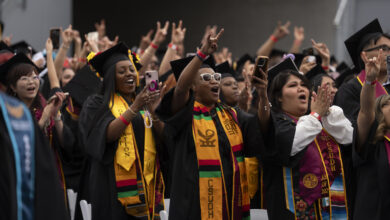
Daily Breeze: Graduations 2025 – CSUDH Celebrates Day 1 of Commencement Ceremonies
CSUDH officially kicked off its two-day commencement celebrations.
-
Archive
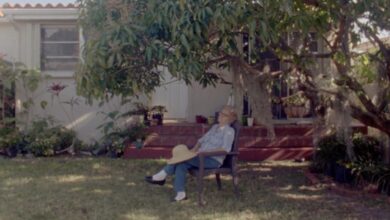
CSUDH Office Hours Presents “Malahierba” Art Exhibition
Still image – Notes, Imprints (On Love): Part II, Carmela | Alexandra Cuesta2020, 6 min, 16mm on digital – U.S.,…
-
Archive
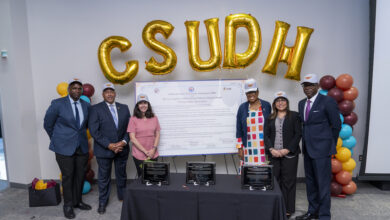
CSUDH and LAUSD Commit to College Preparation and Access with Renewed Partnership
CSUDH President Thomas A. Parham (second from left) with LAUSD senior leadership. On March 24, CSUDH and Los Angeles Unified…
-
Archive
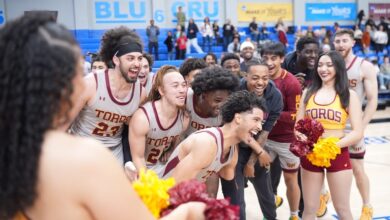
Toro Basketball Teams Win CCAA Championship Titles
The CSUDH women’s and men’s basketball teams made Toro history over the weekend, with each securing CCAA Tournament Titles and…
